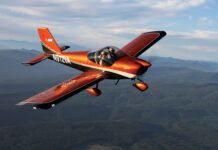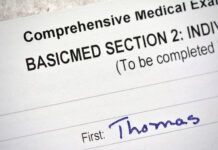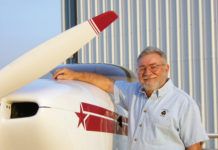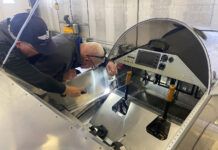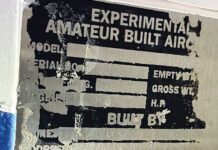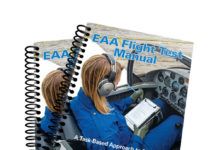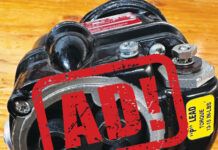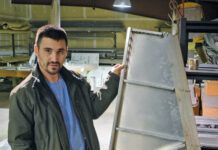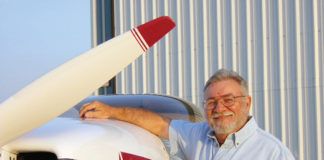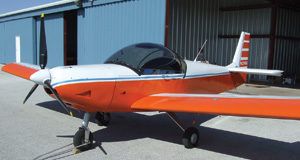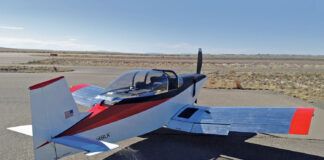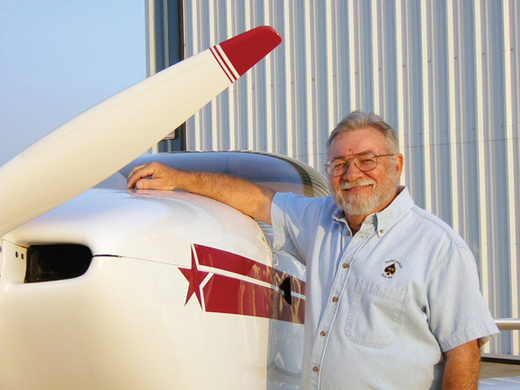
Question: I’m considering buying a homebuilt aircraft from the estate of a pilot who has passed away. According to the Hobbs meter and tachometer, the aircraft has flown several hundred hours. I looked the airplane over carefully, and it appears to be in good condition, but in reviewing the paperwork, I can’t find any evidence that Phase I testing has been completed. If I decide to buy this aircraft, what should I do about this?
Answer: Unless you can get written confirmation that Phase I testing has been completed, someone will have to perform Phase I testing in accordance with the operating limitations. This may require an amended airworthiness certificate to move the flight test area.
Remember, Phase I testing is all about testing the parameters of the aircraft, not a specific number of hours. Without that sign-off, all flights outside of the test area and/or with a passenger have been made illegally.
Classic Mel
Timeless Advice From the Kitplanes Archives
Question: I read your September 2013 column with the question about TSO’d position lights on E/A-B aircraft. You mention “our operating limitations.” What is the definition of operating limitations? Is this something that is specified in the paperwork for our aircraft? Who writes the operating limitations?
The issue of a TSO requirement for position lights for night operation of an E/A-B aircraft caught me by surprise. I would have thought that it was OK to use non-TSO’d lights. What concerns me is that I didn’t catch this. How does a builder catch these types of things?
Answer: The operating limitations are issued by the inspector in conjunction with the airworthiness certificate. They are as important as the airworthiness certificate because the airworthiness certificate is not valid unless it is accompanied by the operating limitations.
The basic operating limitations are spelled out for us in FAA Order 8130.6. While we cannot remove any requirements, we may add anything we deem necessary for safety. For example, we can add hours to Phase I testing, we can issue only Phase I and require another inspection before Phase II, etc.
Since 91.205, the FAR that lists requirements for aircraft, only applies to “standard” certificated aircraft, our operating limitations include a paragraph that makes 91.205 apply to our aircraft during night and/or instrument flight rules. Section 91.205 does not differentiate between certified and Experimental aircraft. Therefore, to meet 91.205, the lighting system must meet the same standards that they would on a certified aircraft.
Please send your questions for DAR Asberry to [email protected] with “Ask the DAR” in the subject line.


